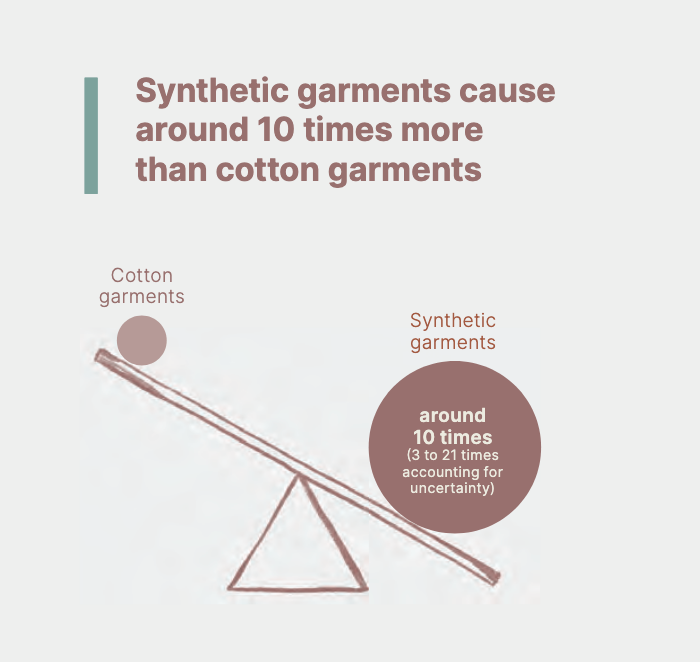Takeaways from the Glasgow Climate Pact: COP26 and the Better Cotton Climate Approach
- David Connolly

- Nov 30, 2021
- 3 min read
One of the clear lessons from the UN Climate Change Conference or COP26 in Glasgow is that we won’t get anywhere without working together. On the other hand, if we do manage to engage in genuine collaboration, there is no limit to what we can achieve.
The UN Sustainable Development Goals (SDGs), as imperfect as they may be, are a very powerful framework to enable better and deeper collaboration—between public, private and civil society actors—as they all steer us in the same direction. Through our climate change approach and five ambitious impact target areas, Better Cotton’s 2030 Strategy to be released in December supports 11 out of the 17 SDGs. As Glasgow showed us just how urgent and imperfect the collaboration to unite against climate change is and how we need to go further, we look at how the SDG framework and the Glasgow Climate Pact is supported by the Better Cotton Strategy.
Three Overarching Themes from the Glasgow Climate Pact and How Better Cotton’s 2030 Strategy and Climate Change Approach Supports Their Objectives
Prioritising Action Now
"The Glasgow Climate Pact emphasises the urgency of scaling up climate action and support, including finance, capacity-building and technology transfer, in line with the best available science. Only if we do this can we collectively enhance our capacity for adaption, strengthen our resilience and reduce our vulnerability to climate change impacts. The agreement also underlines the importance of taking into account the priorities and needs of developing countries."
How Better Cotton’s 2030 Strategy Supports This: With the recent publication of our first-ever global greenhouse gas emissions (GHGs) study conducted by Anthesis Group, we already have hard data that is enabling us to develop targeted emissions reduction pathways for Better Cotton’s many diverse local contexts. Now that we have established a baseline for Better Cotton GHG emissions, we are working to embed mitigation practices more deeply into our programmes and Principles and Criteria and further refine our monitoring and reporting methods. Details on our climate change approach and mitigation target will be shared as part of our 2030 Strategy.
The Ongoing Importance of Collaboration
"This article recognizes the important role of non-Party stakeholders, including civil society, indigenous peoples, local communities, youth, children, local and regional governments and other stakeholders, in contributing to progress towards the goals of the Paris Agreement."
How Better Cotton’s 2030 Strategy Supports This: Youth climate activists like Greta Thunberg have inspired millions of young people around the world to join their call for greater action on climate change. We have heard these calls at Better Cotton. As we finalise our climate approach and 2030 strategy, we are leveraging our network and partnerships, but even more importantly, we are ensuring that farmers’ and farm workers’ needs are centred — particularly for women, young people, and other more vulnerable populations — through continued and enhanced dialogue. New approaches are being developed to hear directly from workers, for example, as we pilot worker voice technology in Pakistan. We’re focused on driving field-level innovations that can directly benefit these individuals, which is why we are drawing on our close to 70 field-level partners across 23 countries to design country-level action plans for both mitigation and adaptation. We are also engaging with new audiences, particularly global and national policymakers to advocate for change.
A Just Transition That Actively Involves Marginalised Groups
"The introduction to the Glasgow Climate Pact underscores the importance of ensuring the integrity of all ecosystems, the protection of biodiversity, and the importance of the concept of ‘climate justice’ when taking action to address climate change. Article 93 builds on that, urging Parties to actively involve Indigenous peoples and local communities in designing and implementing climate action."
How Better Cotton’s 2030 Strategy Supports This: In a video address at the close of COP26, United Nations Secretary General António Guterres acknowledged young people, Indigenous communities, female leaders and all those leading the ‘climate action army.’ At Better Cotton, we understand that cotton farmers and their communities are at the forefront of this ‘climate action army’ and will continue to serve them first and foremost. That’s why a ‘Just Transition’ is one of the three pillars of our climate approach. We know that the impact of climate change will disproportionately affect those who are already disadvantaged — whether due to poverty, social exclusion, discrimination or a combination of factors. Throughout 2021, we have been talking directly to farmers and farm workers in India and Pakistan to better understand the challenges that they face and develop new strategies that prioritise the concerns and voices of smallholder cotton farmers, as well as farm workers and marginalised groups in farming communities.
Learn more about Better Cotton’s climate approach, including five impact target areas, when we launch our 2030 Strategy later this year




Comments